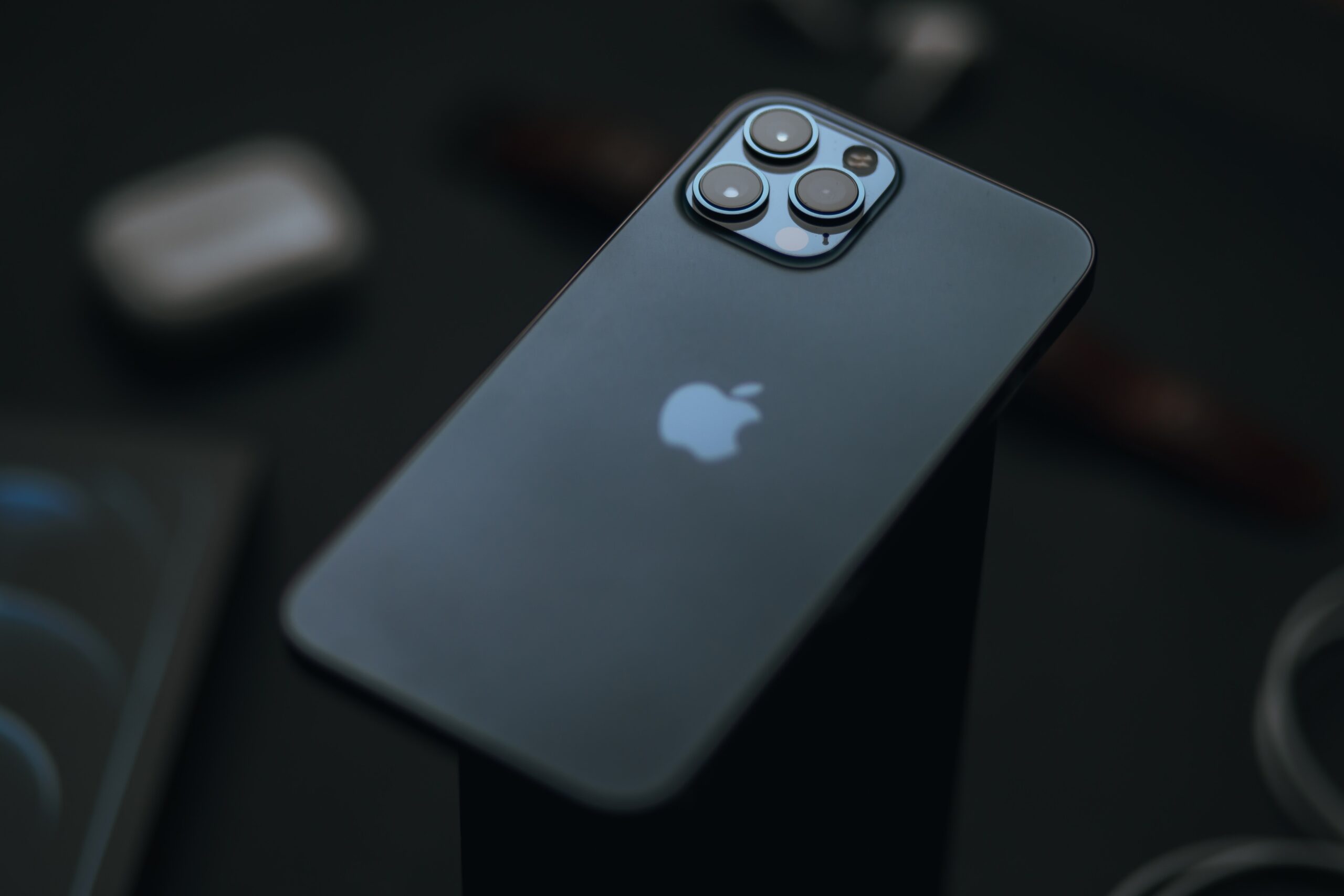In today’s world, smartphones have become an integral part of our daily lives. They are not just a means of communication but also our window to the digital world. We rely on our phones for everything from staying connected with loved ones to managing our work and personal lives. As such, it is important to take care of our phones to ensure that they function properly and last longer.
A well-maintained phone can save us from the hassle and cost of repairing or replacing a damaged phone. By taking care of our phones, we can enjoy their full potential and get the most out of them.
The average lifespan of a smartphone can vary depending on various factors such as usage, quality of components, and care taken. In general, most smartphones last between two to three years, but some can last for up to four or five years.
After two to three years, the performance of the phone may start to decline, and the battery life may also decrease. This can be due to the wear and tear of the internal components, software updates that require more processing power, and the increasing demand for newer and better features.
10 Ways To Take Care Of Your Phone


However, with proper care and maintenance, a smartphone’s lifespan can be extended beyond the average range.
Taking care of phones is important to ensure that they last longer and function properly. Here are some tips on how to take care of your phone:
Get A Protective Case
A protective phone case for iPhones or Android can help prevent physical damage to your phone in case it is dropped or bumped. It can absorb the impact and protect the phone’s fragile components like the screen, camera, and internal circuitry from getting damaged. It can also protect your phone from scratches, wear and tear, and daily use. This can help your phone last longer and maintain its resale value.
A case also provides you a better grip on your phone, reducing the likelihood of it slipping out of your hand or falling off a surface. It can also help protect your phone from the elements like rain, dust, and dirt.Use Screen Protector
A phone screen protector can protect your phone’s screen from scratches caused by keys, coins, or other objects that may be in your pocket or purse. It can also help protect your phone’s screen from cracking or shattering in case it is dropped or bumped. Having a screen protector can also improve the visibility of your phone’s screen by reducing glare and fingerprints.
By protecting your phone’s screen from damage, a screen protector can help prolong the lifespan of your phone and reduce the need for costly repairs or replacements. If you plan on selling your phone in the future, having a screen protector can help maintain the condition of your phone’s screen and increase its resale value.Keep Phones Away From Water And Moisture
Water damage is one of the most common causes of phone damage. When water enters the phone’s internal circuitry, it can cause a short circuit and damage the delicate electronics. Water can also corrode the metal parts and lead to rusting and damage to the phone’s battery.
Even when there is no direct exposure to water, moisture can build up inside the phone and cause damage. This is particularly common in humid environments. The moisture can cause corrosion, rusting, and damage to the phone’s internal components.
Many phone manufacturers include a clause in their warranty that voids the warranty if the phone is damaged by water or moisture. This means that if your phone gets damaged due to water or moisture, you may not be able to get it repaired or replaced under warranty.
Repairing a phone that has been damaged by water or moisture can be expensive. In some cases, it may be more cost-effective to replace the phone altogether.Avoid Extreme Temperatures
Heat: High temperatures can cause a phone’s battery to overheat, which can lead to swelling, leakage, and even explosion. Heat can also cause damage to the phone’s internal components, leading to malfunctions or complete failure.
Cold: Cold temperatures can also cause damage to a phone’s battery. When a phone is exposed to extremely cold temperatures, the battery may discharge faster or fail to hold a charge at all. Cold temperatures can also cause the phone’s screen to become unresponsive.
Thermal shock: Rapid changes in temperature can cause thermal shock, which can damage a phone’s internal components. For example, taking a phone from a warm environment to a cold environment can cause moisture to form inside the phone, leading to corrosion and damage to the internal circuitry.Clean Your Phone Regularly
Regular cleaning of your phone can help keep it free of germs, dirt, and grime, which can accumulate on its surface and potentially harm your health or the phone’s functionality.
Use a soft cloth to wipe your phone’s screen and body regularly to remove dirt, dust, and fingerprints.Charge Your Phone Properly
Properly charging your phone is essential to maintaining its battery life and preventing damage. Use only the manufacturer-provided charger and cable, and avoid using cheap or knock-off chargers that may not be compatible with your phone.
Also, avoid charging your phone to 100% or letting it completely die, and instead aim to keep it between 20-80% battery life to prolong its overall lifespan.Be Careful With the Ports and Buttons
Avoid inserting objects into the ports and buttons of your phone. Use a soft-bristled brush to clean any debris that may accumulate in these areas.
Keep App and System Updated
One of the most important reasons to update your apps and system is to improve the security of your device. Updates often contain important security patches that fix vulnerabilities and protect your device from malware and other security threats. It also often contains bug fixes that improve the performance and stability of your device. These fixes can help prevent crashes, freeze-ups, and other issues that can be frustrating to deal with.
Updates can also bring new features and improvements to your device. These can range from small tweaks to major changes that enhance your user experience and make your phone more useful. It also ensures that they remain compatible with other software and services. This is really important if you use your phone for work or other important tasks.Avoid Downloading From Unverified Sources
To protect your device and data, it is important to download apps and files from trusted and verified sources, such as the official app store for your device or reputable websites. These sources typically have strict security protocols in place to ensure that the apps and files they host are safe and secure for users.
Downloading from unverified sources can lead your phone to host malicious files and apps that contain viruses, trojans, and other forms of malware. Some apps also may steal your personal information.Don’t Install Unnecessary Apps
Every app that you download takes up storage space on your phone. If you download too many apps, you may quickly run out of space, which can cause your phone to slow down or even crash. Apps can also drain your phone’s battery life.
Too many apps can also slow down your phone’s performance. Running too many apps at once can cause your phone to become sluggish, freeze, or crash.
Taking care of your phone is important to ensure that it functions properly and lasts a long time. By following these tips, such as using a protective case, avoiding extreme temperatures, maintaining app and system updates, and avoiding downloading too many apps from unverified sources, you can help keep your phone in good condition. Remember to also regularly clean your phone and its accessories, use a screen protector, and be mindful of how you handle and use your device. By taking care of your phone, you can enjoy all of its features and benefits for years to come.

